Hula is the Language of the Heart. Therefore, the Heartbeat of the Hawaiian People. - King David Kalākaua
The hula has been part of the Hawaiian culture since ancient times, perhaps even before there were people living in the islands now called Hawai‘i. With no history of the written word until after the arrival the missionaries, the hula portrayed their oli (chant) and mele (song) through dance.
History of Hula
There are many styles of hula. The main two styles are the Hula Kahiko and Hula ʻAuana. Ancient hula, as performed before Western encounters with Hawaiʻi, is called kahiko. Hula kahiko is accompanied by oli and traditional instruments such as an ipu (gourd), pūʻili (slit bamboo sticks) and the ʻulī ʻulī (feathered gourd rattles).
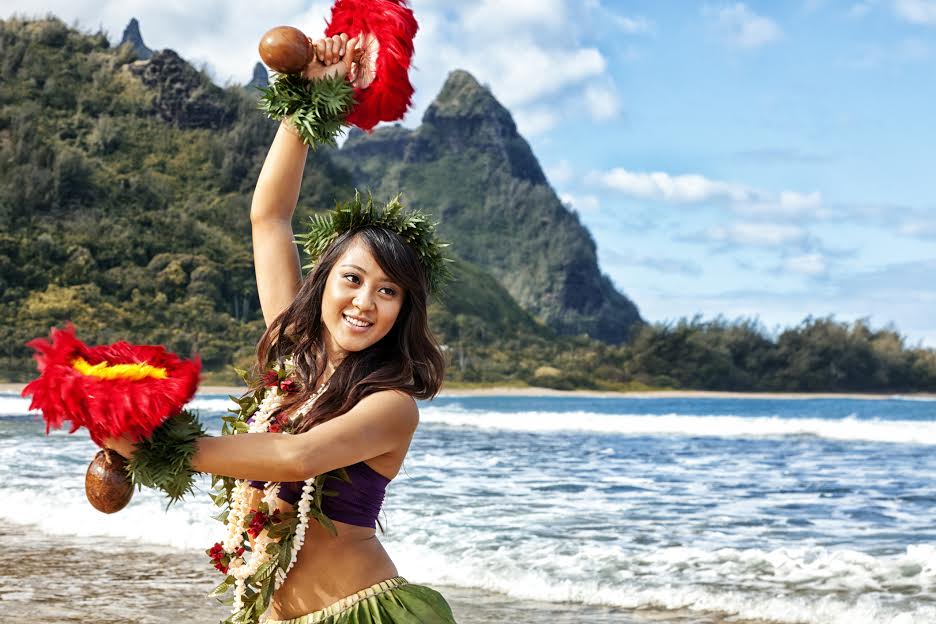
Hula evolved under Western influence in the 19th and 20th centuries, and is called ʻauana (a word which means “to wander” or “drift”). Hula ʻauana is usually accompanied by song and Western-influenced musical instruments such as guitars, ʻukulele and bass.
As a dance form of the Hawaiian culture, mele accompanies hula. Every mele has a story, and hula helps to tell that story. Hula is the physical expression of our thoughts, feelings and experiences. For example, hand movements can signify aspects of nature, such as the swaying of a tree in the breeze or a bird flying in the air, or a feeling of emotion, such as fondness or yearning. Foot and hip movements often pull from a basic library of steps including the kaholo, ka’o, kawelu, ‘uwehe, and ‘ami.
Keeping the Hula Alive
The art and language of the hula is taught in hālau hula (schools) by a Kumu hula (teacher). Kumu means “source of knowledge,” or literally “teacher.” Like other schools, hālau function as places to learn new things and acquire new skills; where studying and speaking ʻōlelo Hawaiʻi provides a great foundation for understanding mele.
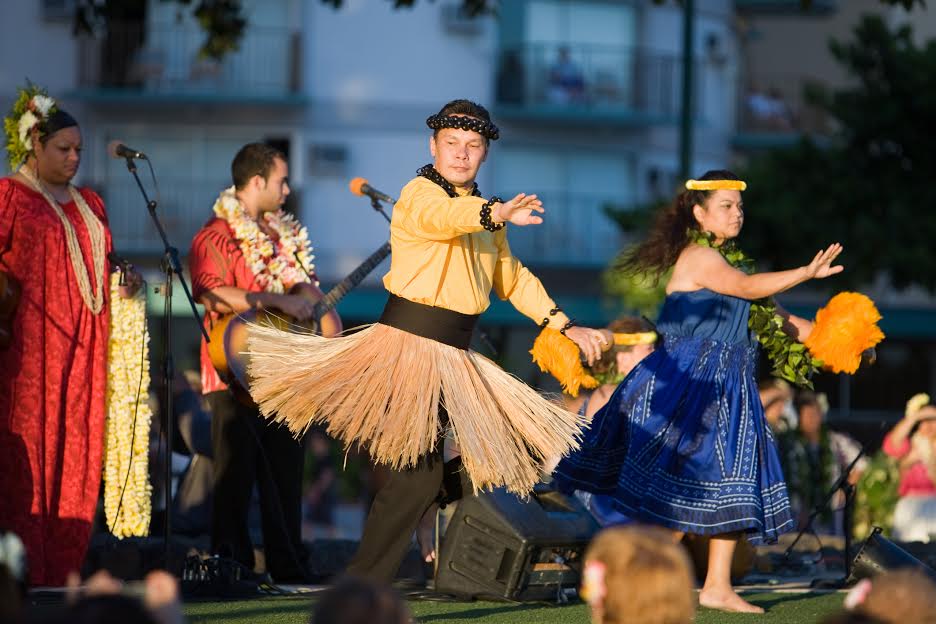
Hālau work together to gather from the forests the foliage for performances and special occasions, in addition to dedicating time to create the beautiful hula attire. In many ways, hula helps to honor and perpetuate the Hawaiian way of being.
It's hard to image Hawaiʻi without hula. However, there was a time when the hula was banned. Protestant missionaries viewed hula as a heathen practice, and in 1830, hula was prohibited from being performed in public. Despite these restrictions, hālau hula were still operating, albeit secretly on all islands.
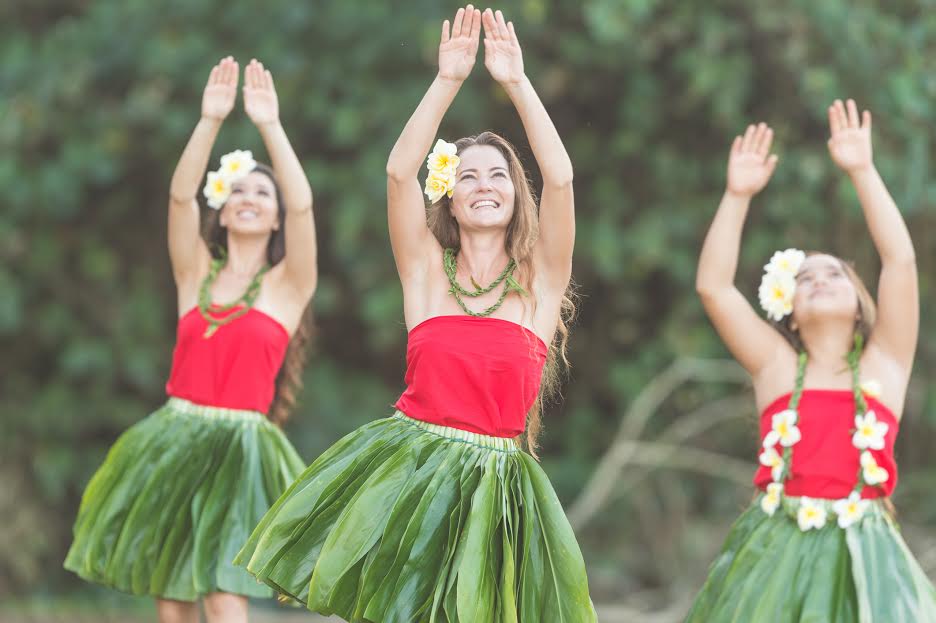
It was during the reign of King Kalākaua (1874-1891) that hula experienced its widest acceptance in over fifty years. Through his support and love of the hula, Kalākaua helped bring the hula back into the mainstream. In fact, The Merrie Monarch Festival in Hilo is named after Kalākaua. The festival draws hālau hula and audience members from around the world every year.
History of the Merrie Monarch Festival
In 1963, Hawaiʻi Island (the Big Island) was struggling economically. The decline stemmed from the devastation of a tsunami and the decline of the sugar plantations along the Hamākua Coast. Hawaiʻi County Chairwoman Helene Hale sought to give an economic boost to the island by tapping into the burgeoning tourist industry. In 1964, a committee was formed and resulted in the first Merrie Monarch Festival, which included events such as a King Kalākaua beard look-alike contest, a barbershop quartet contest, re-creation of Kalākauaʻs coronation and a Holokū Ball.
By 1968, interest and support of the Merrie Monarch Festival had declined, and the Festival would had been suspended had it not been for the volunteer efforts of Aunty Dottie Thompson. Under the direction of Aunty Dottie, the Festival shifted its goals and objectives to replicate the ideals of King Kalākaua, who sought to revitalize the Hawaiian people and culture. This revamped festival would gather the best hālau hula from all islands, showcase Hawaiian artistry, and create a performance to serve as rite, a celebration, a statement about Hawaiʻi and its people.
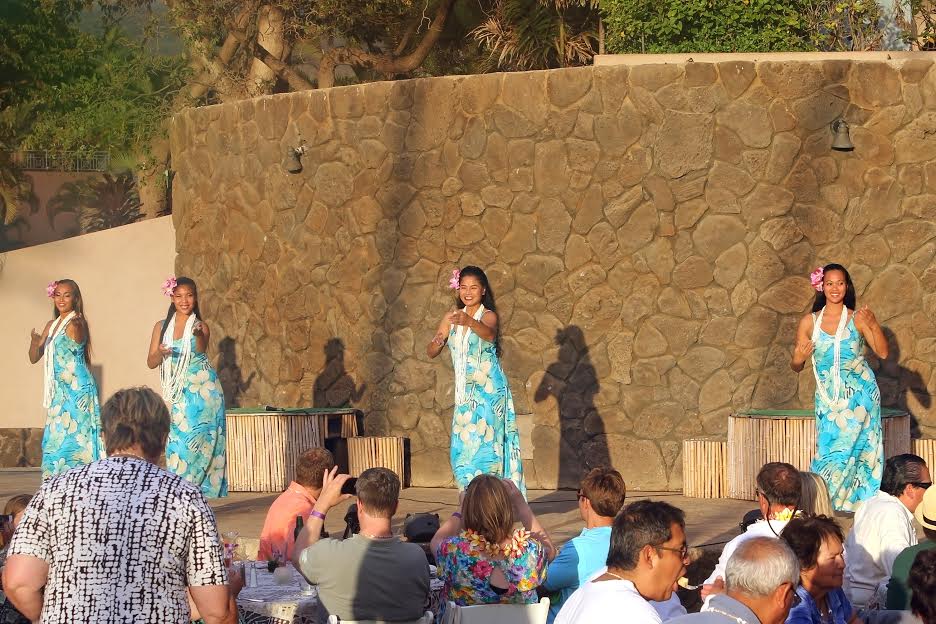
In 1971, the first hula competition was introduced. Nine hālau entered the wahine group competition, and Aloha Wong (Dalire) won the first Miss Hula title. When the Festival opened the competition to kāne in 1976, the interest and enthusiasm for the event increased exponentially. The blossoming of the Festival coincided with the Hawaiian Renaissance, a time when cultural pride manifested through the perpetuation and practice of ʻōlelo Hawaiʻi, music, voyaging, arts and crafts.
Over time, the Festival steadily grew, receiving more requests from hālau who wished to enter the competition. During this time of growth, the Festival was expanded to a full week of competition and in 1981, the Festival was televised. And while the hula competition remains the focal point of the Festival, other events also draw a loyal following, including the Wednesday night hōʻike (exhibition), invitational Hawaiian Arts Fair, and parade through downtown Hilo.
The Merrie Monarch Festival Today
In 2013, the Merrie Monarch Festival celebrated 50 years of existence. This beloved event, with its dedicated hālau hula and loyal audience will once again delight us.
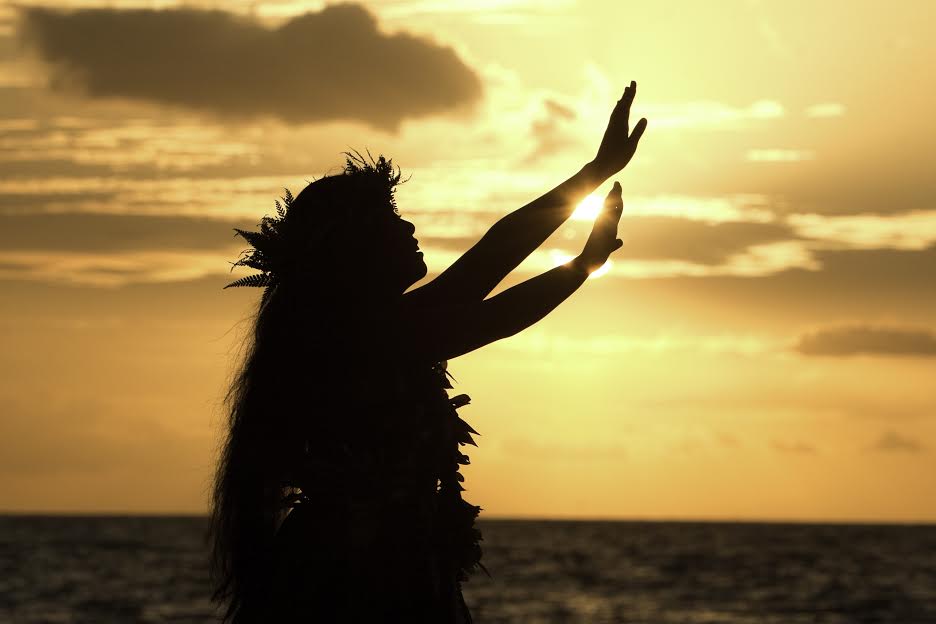
Aloha e Komo Mai! Hawaiʻi Life - Vacations
